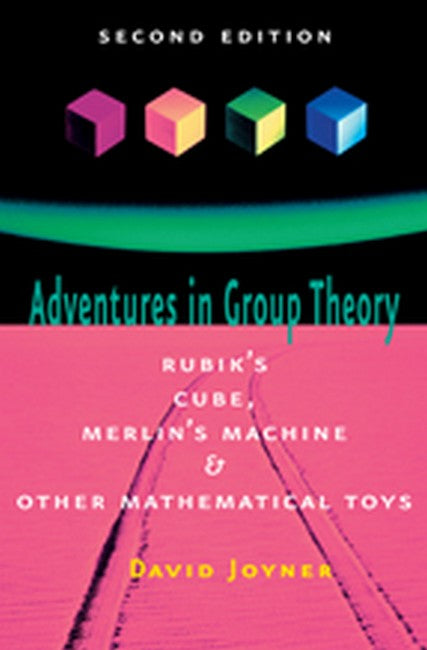David Joyner uses mathematical toys such as the Rubik's Cube to make abstract algebra and group theory fun. Joyner employs permutation puzzles such as the 15 puzzle, the Rainbow Masterball, the Pyraminx, the Skewb, the Megaminx, Merlin's Machine, and variants of the Rubik's Cube to explain topics in introductory algebra (matrices, combinatorics, and permutations) and group theory (Cayley graphs, symmetries, isomorphisms, wreath products, free groups, and finite fields). Joyner also offers strategies for solving the puzzles. The updated second edition uses SAGE, an open-source computer algebra system, to illustrate many of the computations. Adventures in Group Theory not only appeals to math enthusiasts but also makes a wonderful supplementary textbook.''Adventures in Group Theory is a tour through the algebra of several 'permutation puzzles' . . . If you like puzzles, this is a somewhat fun book. If you like algebra, this is a fun book. If you like puzzles and algebra, this is a really fun book.''MAA Online , reviewing a previous edition or volume''Joyner has collated all the Rubik lore and integrated it with a self-contained introduction to group theory that equals or, more likely, exceeds what is available in typical dedicated elementary texts.''Choice , reviewing a previous edition or volume''Joyner does convey some of the excitement and adventure in picking up knowledge of group theory by trying to understand Rubik's Cube. Enthusiastic students will learn a lot of mathematics from this book.''American Scientist , reviewing a previous edition or volume''The book begins with some lecture notes of discrete mathematics and group theory. These theoretical notions are very nicely applied to some practical problems, e.g.: Rubik's cube, Rubik-like puzzle groups, crossing the rubicon, God's algorithm and graphs. The work ends with a rich bibliography and index.''Zentralblatt Math , reviewing a previous edition or volume

